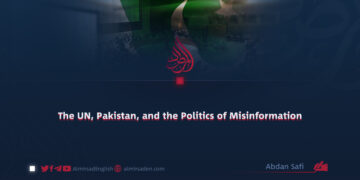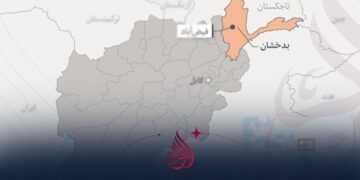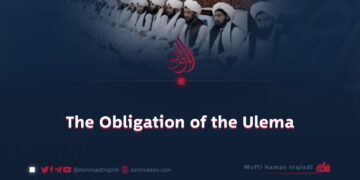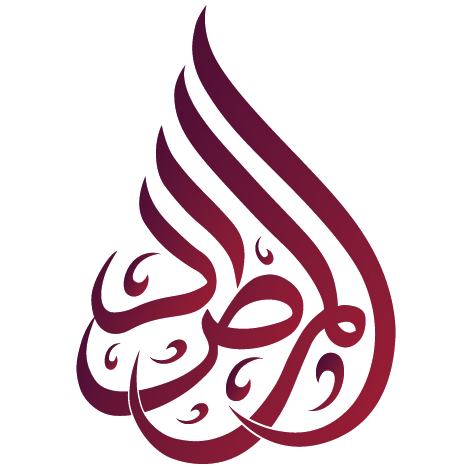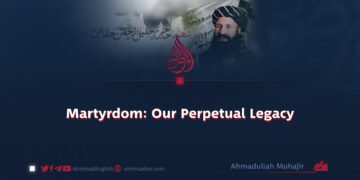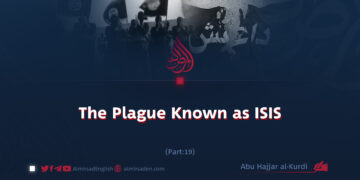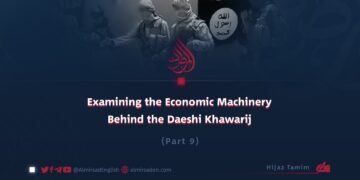Part 12
By Hijaz Tamim
Human Trafficking as a Global Revenue Source (1)
Human trafficking is one of the most complex and highly profitable illegal crimes of the modern era, widely exploited by terrorist organizations as a source of financial support. ISIS transformed this crime into a central tool for financing its war and advancing its ideological agenda. In Iraq, Syria, and other territories under its control, the group developed extensive trafficking networks that transported victims not only within those regions but also to other parts of the world.
According to reports from the United Nations, Human Rights Watch, Interpol, FATF, and other organizations, ISIS earned millions of dollars from human trafficking between 2014 and 2017. Women and girls, particularly from the Yazidi community and other religious minorities, were abducted and sold in slave markets. These markets, whether physical or online, became direct and highly lucrative revenue streams for the group.
Many of the abducted women were forcibly married to ISIS fighters, but these so-called marriages were little more than sexual exploitation. Such practices were used not only to instill fear and maintain control over local populations but also to attract financial support from extremist sympathizers abroad. Children were likewise exploited for combat, espionage, and propaganda. Minors were kidnapped, trained for suicide missions, and used in media campaigns, further drawing the attention of radical supporters overseas and generating additional financial contributions.
To manage and expand these operations, ISIS relied on a three-tiered system of networks. Local traffickers in Iraq, Syria, and Turkey organized abductions, transportation, and exploitation. International smuggling routes facilitated the transfer of victims from the Middle East to Europe and North Africa. Online platforms, including Telegram, Facebook, WhatsApp, and the Dark Web, were used to advertise victims, coordinate sales, and complete transactions.
ISIS also used forged documents and illegal migration routes to move victims into Europe and Central Asia. This systematic and highly organized network became one of the group’s largest revenue sources. United Nations and counterterrorism reports estimate that ISIS earned between 20 and 40 million dollars annually from the sale of Yazidi women and girls alone.
Following oil smuggling and antiquities looting, human trafficking ranks among the three most important sources of ISIS’s external funding. Some reports even suggest that private financial contributions from the Gulf were linked to the sale of women under the label of “jihad marriages.” These activities represent not only a grave humanitarian crisis but also a significant threat to migrants and refugees across the Middle East and Europe, who continue to face risks of trafficking and exploitation. Despite the fall of ISIS’s territorial “caliphate,” many of these trafficking networks remain active, particularly through routes in North Africa and Central Asia.
International bodies such as the UN Security Council, Europol, and FATF have taken serious steps to combat this phenomenon, including freezing financial resources, monitoring online payments, and dismantling trafficking networks. However, unless the global community succeeds in eliminating the financial lifelines of human trafficking, these crimes will continue to serve as a model and incentive for other terrorist groups.
In conclusion, human trafficking has been one of ISIS’s principal sources of revenue. Beyond financing its wars, it was used as a tool of terror, control, and the spread of hatred. This abhorrent practice is not only an economic threat but also a profound humanitarian disaster that urgently requires international cooperation and decisive action.



